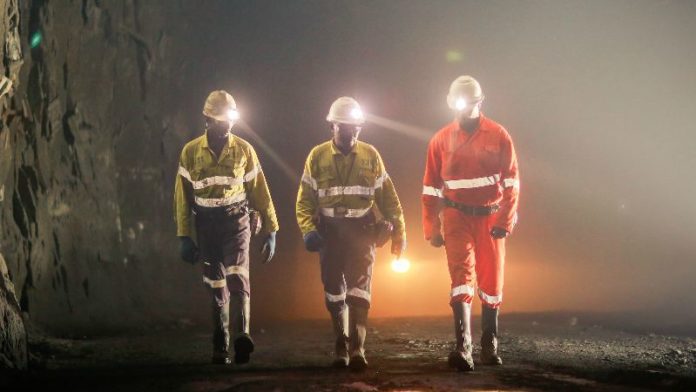
SOUTH Africa maintained its rankings in the Fraser Institute Annual Survey of Mining Companies which monitors the perceptions of investors in respect of policy as well as ease of doing business in the country’s mining sector.
It was, for instance, ranked number 56 of 76 jurisdictions included in one of the survey’s indices – policy perception – which is a guide of overall policy attractiveness.
Despite maintaining its position – which was last year a major step up from its lowly rankings in 2017 – the Minerals Council said it was disappointed. “A new phase of growth in mining investment will require, among other things, South Africa to enter the top quartile of attractive investment jurisdictions in measures such as these,” it said.
In the overall Investment Attractiveness Index, which combines the PPI with a jurisdiction’s geological attractiveness, South Africa ranks 40 out of 76 jurisdictions, which is also similar to its rank of 43 out of 83 jurisdictions measured a year ago. “Again, it is still ranked in the bottom half of the investment attractiveness rankings,” the council said.
South Africa slipped slightly in the Best Practices Mineral Potential Index, from 30/83 to 34/76, which is a measure of the extent to which a jurisdiction encourages or discourages exploration. We continue to encourage the government to find ways to nurture a new greenfields exploration boom in the country.
“To move towards the top quartile target, we believe the issues needing attention include the resolution of the unresolved Mining Charter and land issues, more certainty on the carbon offsets, performance improvements, and the tax free portions, especially over the long term, a more stable electricity supply and price visibility for the next decade, as well as more stable labour and community relations,” it said.











